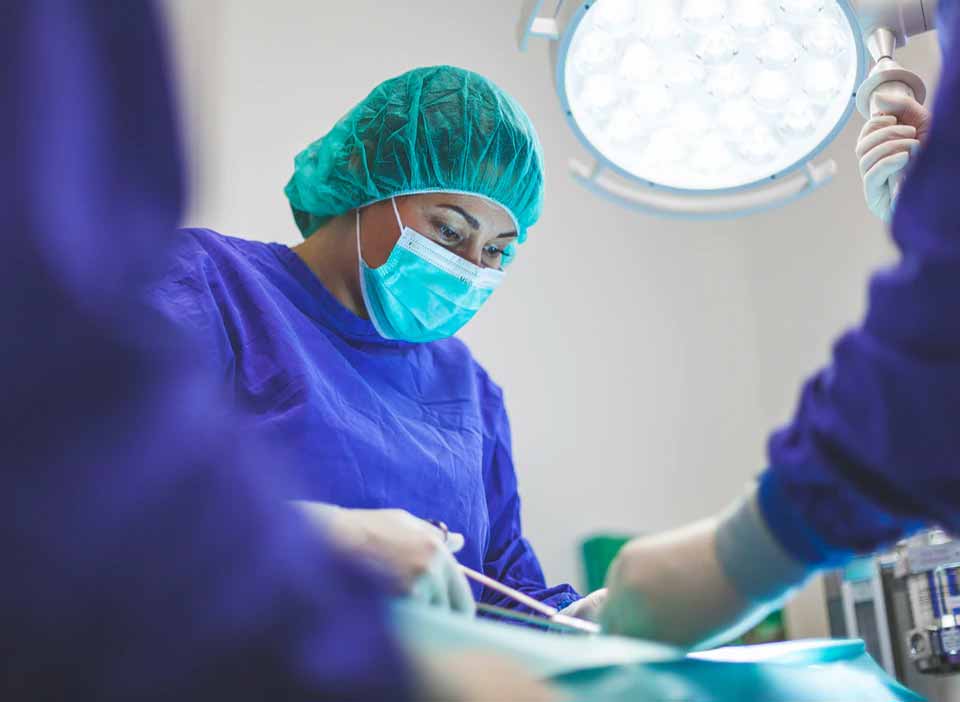
Device closure
Cardilogy
Closure devices are used to close a defect or an opening between the right and left sides of the heart. Some of these birth defects are located in the wall (septum) between the upper chambers (atria) of the heart: Patent Foramen Ovale (PFO), Atrial Septal Defect (ASD)
The percutaneous closure of PFO and ASD is performed using a special closure device. The device is folded or attached on to a special catheter, similar to the catheter used during your catheterization.
Device Closure
- Device Closure is utilized to close an imperfection or an opening between the right and left sides of the heart. A heart has four chambers. The upper two chambers are called at Atria. Atria are isolated by a divider which is called Atrial Septum. The lower chambers are known as Ventricles-Right and left.
- Let screeners know you have a pacemaker before going through airport security detectors. In general airport detectors are safe for pacemakers, but the small amount of metal in the pacemaker and leads may set off the alarm. If you are selected for additional screening by hand-held detector devices, politely remind the screeners that the detector wand should not be held over your pacemaker for longer than a few seconds, as these devices contain magnets and thus may affect the function or programming of your pacemaker.
- You may not have a magnetic resonance imaging (MRI) procedure (unless you have a specially designed pacemaker). You should also avoid large magnetic fields such as power generation sites and industrial sites such as automobile junkyards that use large magnets.
- Turn off large motors, such as cars or boats, when working close to them as they may create a magnetic field.
- Avoid high-voltage or radar machinery, such as radio or television transmitters, electric arc welders, high-tension wires, radar installations, or smelting furnaces.
- If you are having a surgical procedure performed, inform your surgeon that you have a pacemaker well before the operation. Also ask your cardiologist's advice on whether anything special should be done prior to and during the surgery, as the electrocautery device that controls bleeding may interfere with the pacemaker. Sometimes the pacemaker's programming will be temporarily changed (using a magnet) during the surgery to minimize the possibility of interference from the electrocautery.
Our Key Procedures
Angiography
Embrace change, encourage invention and continually remain at the forefront of advances in oral health for the good of our patients
Read MoreAngioplasty
Demonstrate caring and sensitivity for the diverse backgrounds of our patients and colleagues and generosity in our communities
Read MorePacemaker Implantation
Adhere to high ethical and professional standards, demonstrating commitment to our responsibilities with trust, honesty and respect for all
Read MoreBypass Surgery
Embrace change, encourage invention and continually remain at the forefront of advances in oral health for the good of our patients
Read MoreElectrophysiology Study
Demonstrate caring and sensitivity for the diverse backgrounds of our patients and colleagues and generosity in our communities
Read MoreValve Replacement
Adhere to high ethical and professional standards, demonstrating commitment to our responsibilities with trust, honesty and respect for all
Read MoreDevice Closure
Adhere to high ethical and professional standards, demonstrating commitment to our responsibilities with trust, honesty and respect for all
Read More







